This book is aimed at beginners in rocket science or those who wish to expand their knowledge of the fundamentals of rocketry. Sasikumar presents the subject matter in a clear and concise manner, making it an excellent introduction even for non-technical personnel. The book’s narrative style, presented in a question-and-answer format, further enhances the reader’s engagement. Moreover, this book provides background information and explanations of scientific principles related to rocket flight. The book offers a variety of projects, experiments, and examples that are easily accessible and will captivate the attention of young minds. The book also includes a few figures and tables for reference, helping readers visualize concepts more effectively. Clearly, the author possesses a profound passion for space and rockets and has the capability to simplify complex ideas.
Rocket Science
₹100.00
This book is aimed at beginners in rocket science or those who wish to expand their knowledge of the fundamentals of rocketry. Sasikumar presents the subject matter in a clear and concise manner, making it an excellent introduction even for non-technical personnel. The book’s narrative style, presented in a question-and-answer format, further enhances the reader’s engagement. Moreover, this book provides background information and explanations of scientific principles related to rocket flight. The book offers a variety of projects, experiments, and examples that are easily accessible and will captivate the attention of young minds. The book also includes a few figures and tables for reference, helping readers visualize concepts more effectively. Clearly, the author possesses a profound passion for space and rockets and has the capability to simplify complex ideas.
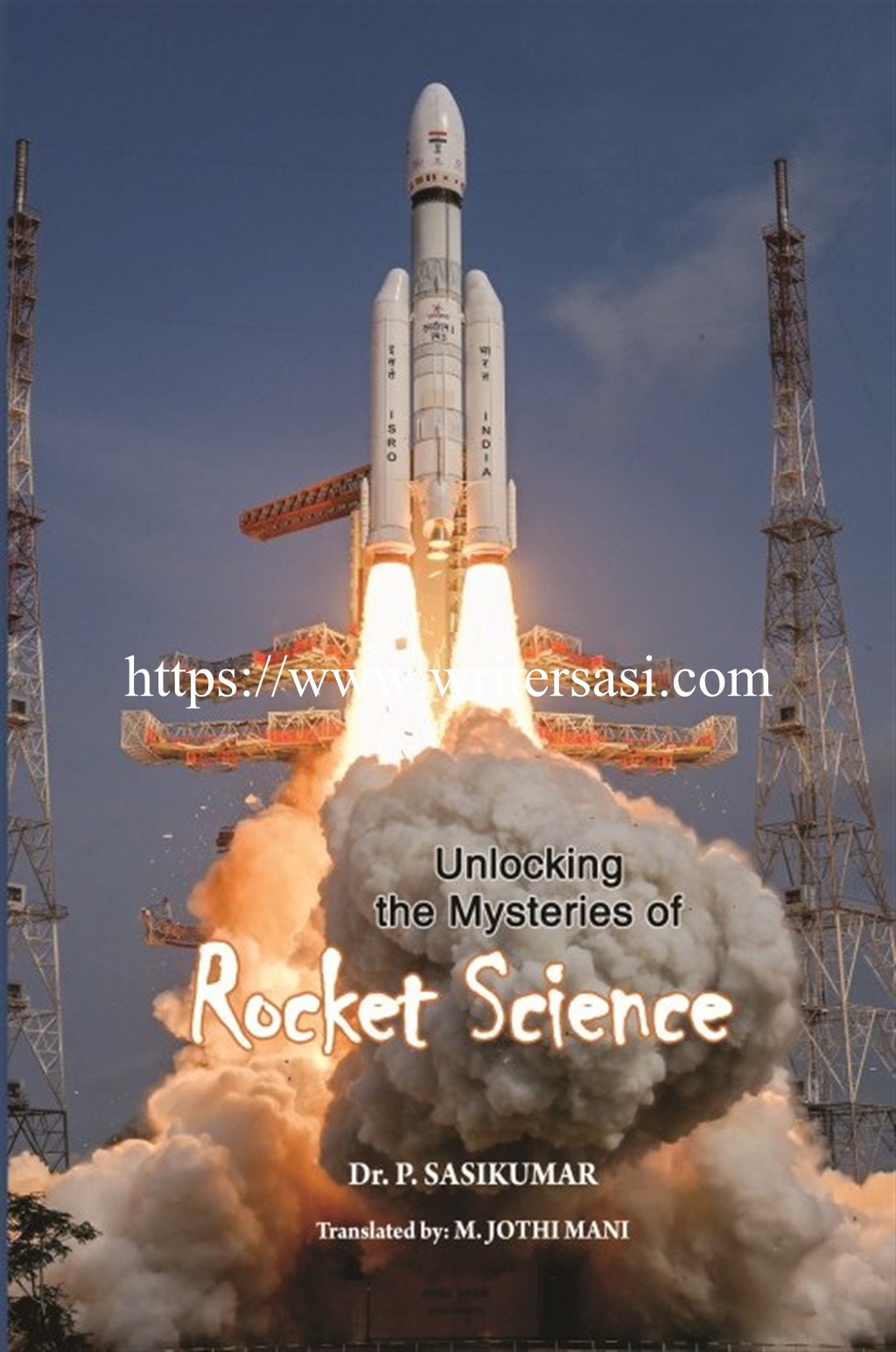
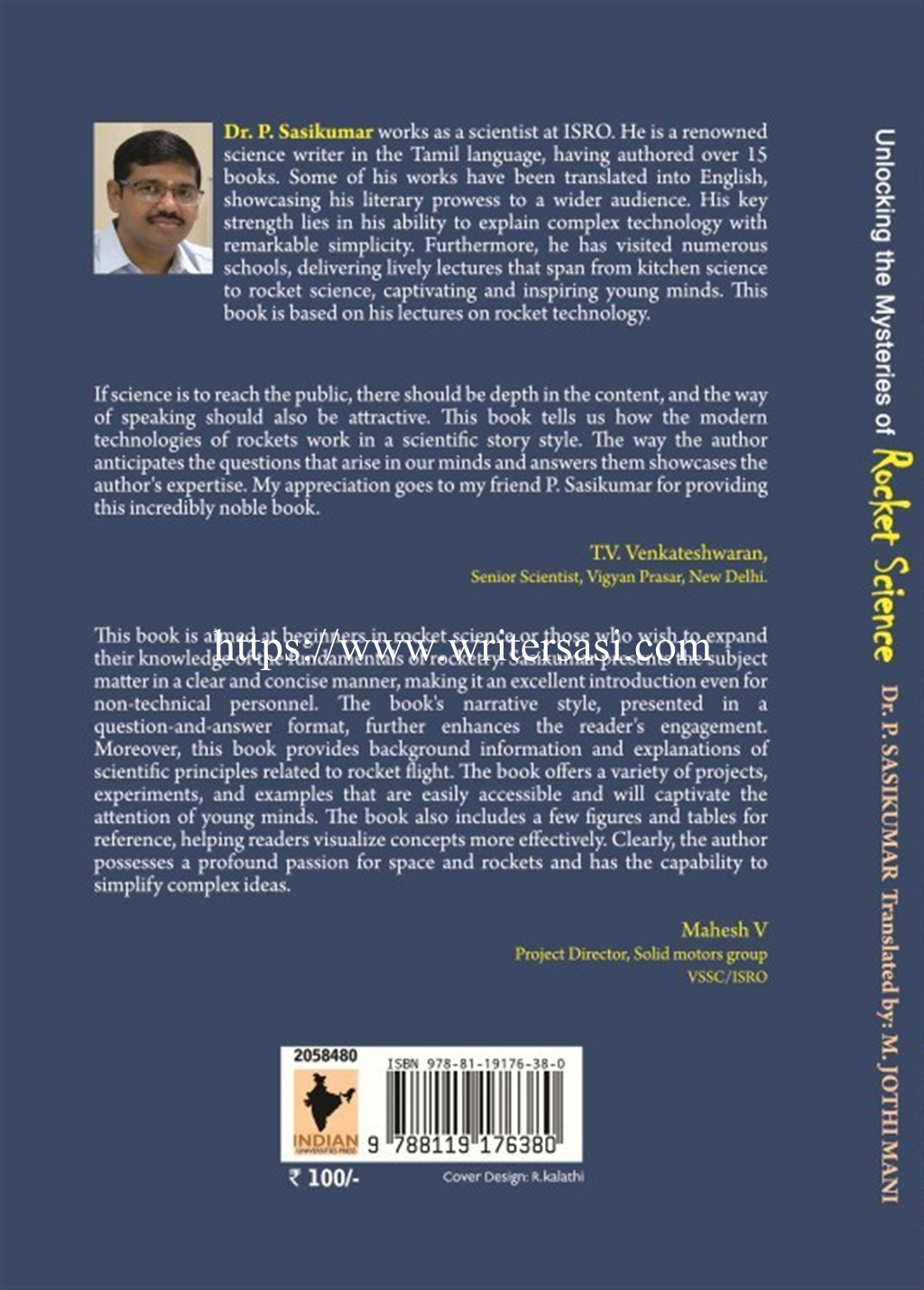
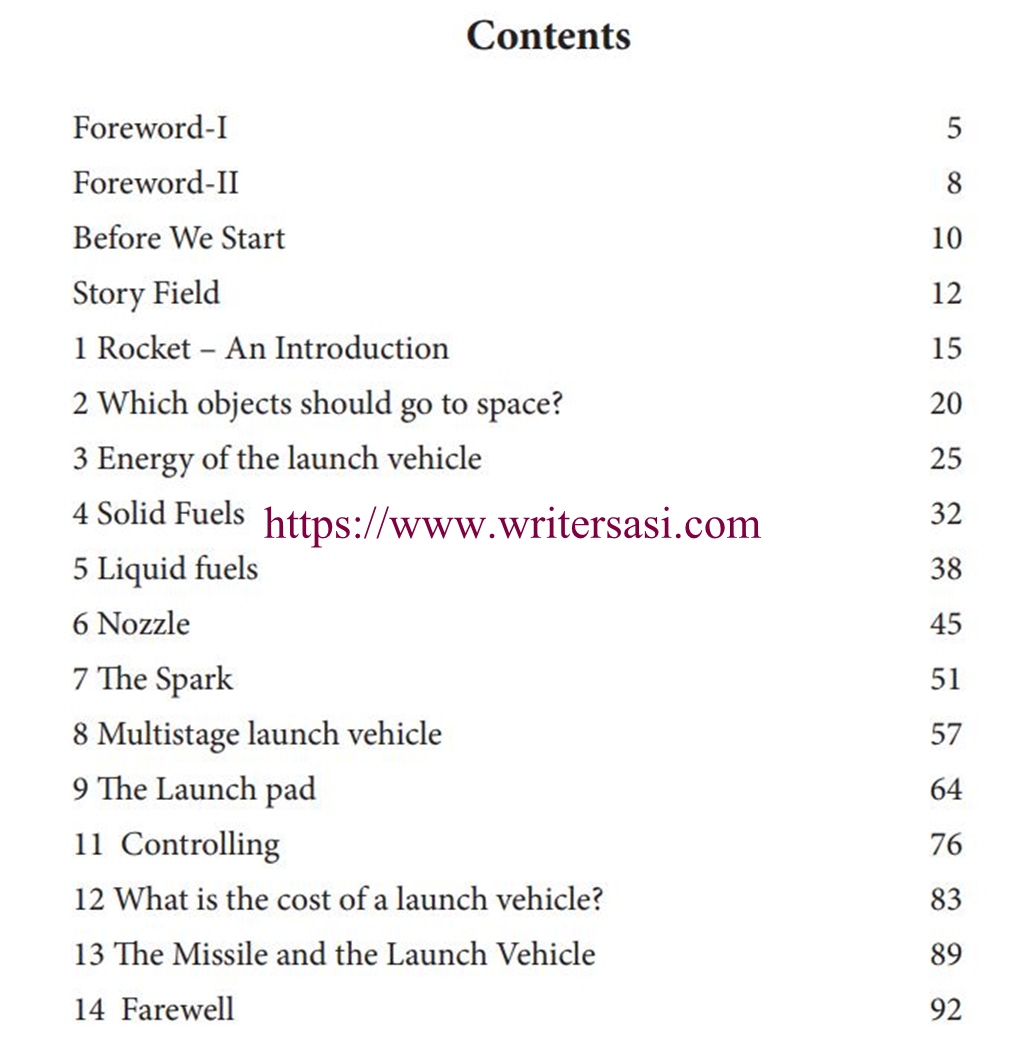
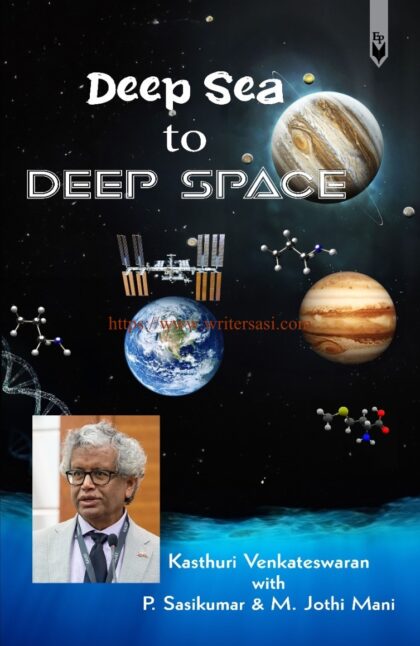
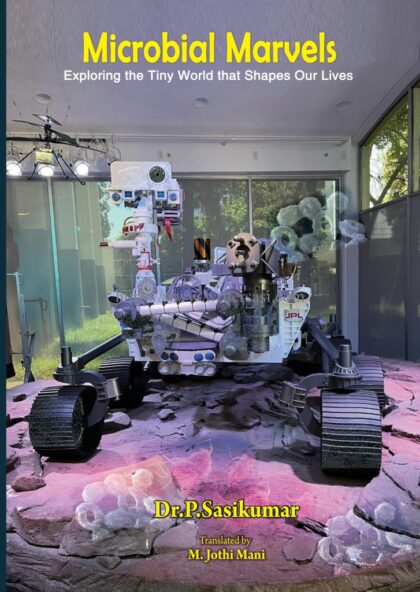
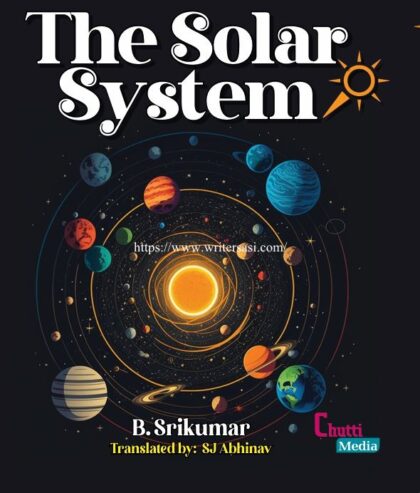
writersasi –
Throw a half-full bottle of water over the top. When the bottle is in hand, the water is in the bottom most part. But surprisingly, in a thrown bottle, if the bottle decelerates, causing the inner water mass to move to the top and the water stays at the top of the bottle due to the upward force. Similarly, in an upward-rising launch vehicle, the liquid fuel flows into the upper part of the cylinder. How does that fuel flow towards the engine and burn in the combustion chamber to generate force?
Wouldn’t that cause side-to-side rocking fuel forces that would also cause trouble in the launch vehicle’s propulsion? How do launch vehicle engineers deal with this? While describing these questions, our curiosity to know the answer is stimulated, isn’t it? This book raises various subtle questions and answers them in a way that stimulates our thinking.
If science is to reach the public, the content must be deep, and the way of speaking should also be attractive. It begins as usual like Galileo, adopting a narrative strategy in dissemination, especially in communicating science to the public through writing. From Mary Shelley, who played a major role in bringing science to the public in English, many others have used the narrative strategy.
However, this strategy is not easy to use effectively. Science should be told through the same creative elements as in a short story or novel. It’s like walking on a knife. If not handled properly, there will be a lot of fictional incidents, and the science will become shallow, or the simplicity of one person asking a question and the other answering will be boring.
This book, written by my best friend of ISRO and a science writer, Dr. P. Sasikumar, is an excellent example of the narrative style. Some of the students who won the essay competition, accompanied by a scientist, visit the factory where the rocket is made. While going department-wise, they get to know the science embedded there.
Various models of rockets, carrying both crew and satellites, were on display. One student inquired why the weight of the rockets was measured in tons, while the weight of the satellites destined for space was in kilograms. The student approached a leading rocket expert for answers. The author beautifully explained the technical concept of payload ratio, comparing it to a bicycle carrying two individuals weighing a hundred kilograms combined, despite only weighing twenty kilograms itself. The combined weight of passengers and packages is only a fraction of a rocket’s weight.
When reading about rocket technology, we inevitably have doubts and questions. The students in the story ask these questions, which the book brilliantly answers, explaining deep scientific ideas with ease.
Author Dr.P. Sasikumar wrote this book from his experience of explaining space technology to school and college students. He has a way of anticipating the questions that arise in our minds and answering them, akin to the Tamil proverb “palm like gooseberry.”
While a truck has a fixed carrying capacity, the maximum weight a launch vehicle can carry depends on the destination in space. For example, the Falcon launch vehicle can place a 63-ton satellite in 1,000 kilometers above Earth, but only 23 tons of satellite in geostationary orbit, and 16 tons to Mars. This book provides an easy-to-understand answer to such technical questions, including why the first stage of a multi-stage aircraft typically uses solid fuel to produce more thrust during takeoff.
The author describes the history of missile technology, tracing it back to its origins in Mongolia and China, its development by Tippusultan of Mysore in India, and its use by the Nazis to attack England during World War II. This history also clarifies the differences between missiles and launch vehicles.
Information such as “We can use sugar and potassium nitrate to make rocket fuel” provides our body with energy. When pedaling a bicycle, we can generate a force of at most 25 to 30 percent of our body weight, while an elephant can generate about 7 tons of force. The book is full of fascinating information, such as “a rocket will produce 3500 tons of force, equal to a thousand elephants”. Additionally, the book introduces us to modern technologies like cryogenics.
Furthermore, the author describes simple experiments that parents, teachers, and students can do at home or in school, such as launching an air-filled balloon or a toy with pressurized air-water. This is another highlight of the book.
I would like to express my appreciation to the Dr.P. Sasikumar, for this valuable book. I also request that the author may write about various fields of science in a simple and engaging manner, not only for parents, teachers, and students but also for those interested in learning how launch vehicles work. This book is a must-read for the general public seeking answers to questions about how ISRO launches spacecraft to Mars.